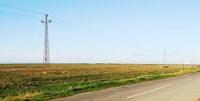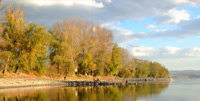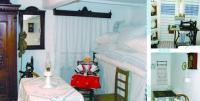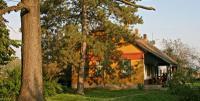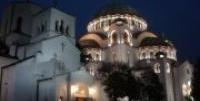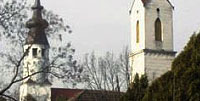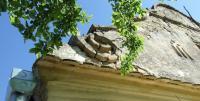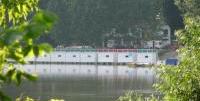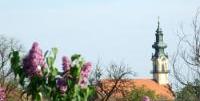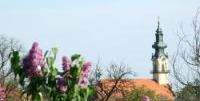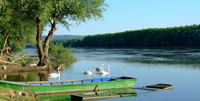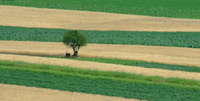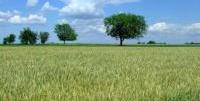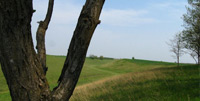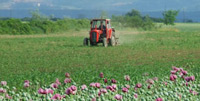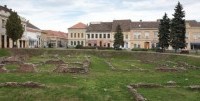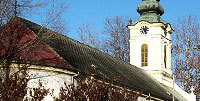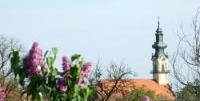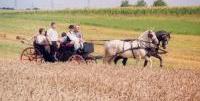Cultural Map
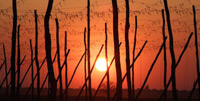
Bački Petrovac
Backi Petrovac is the center of Vojvodina's Slovaks culture. A great number of significant institutions are located here ( Matica Slovacka, Secondary School "Jan Kolar", Vojvodina's Slovak Theatre, The National Museum). Numerous eminent Slovaks from the cultural field have been born here.

Ljuba
Ljuba is a typical mountain settlement in Srem. The first Slovak families inhabited this area in 1847 through secondary migration from settlements in Backa district. Nowadays Ljuba is a multicultural and a multiconfessional place and therefore has three churches - orthodox, catholic and evangelical.

Selenča
Slovaks came to Selenca in 1758. Some of them were Evangelists and some were Roman Catholics. They had different customs and national clothes. The Evangelists spoke the middle Slovakia's dialect whereas the Roman Catholics spoke the west Slovakia's one, the difference which exists even today.
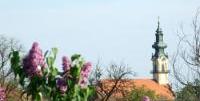
Slankamenački Vinogradi
This settlement in Srem emerged at the end of the 19th century on the east hillside of Fruska Gora. Its inhabitants, so called “Brehovčania”, are famous for their authentic music and lyrics which intrigue everyone who visits their cultural-gastronomic manifestation "Budar Days".
Legend
- church
- museum
- gallery
- etno house
- theatre
- historic site
Cultural map, as a separate section of the portal, offers you the possibility to learn more about the cultural and social life of the Slovak minority in Serbia starting with the time of the first settlement of the Slovaks until the present day. Special attention has been paid to the current cultural subject matters.
A well-known Slovak historian Jan Siracki,who is originally from Backi Petrovac, has been dealing with the issues of the Slovak settlement in Lower Land as well as in Banat, Backa and Srem. This historian places the beginning point of the settlement in the second half of the 18th century. Based on his research we find out that at the time many subjects, mainly from the northern Slovak counties, left their nobility and moved to the southern Slovak counties and occasionally to the territory of the present day Hungary. When analysing these territorial movements we can determine the beginning of the Slovak migrations to the Lower Land which became common in the first half, continued in the second half of the 18th century and were also present to a much less degree in most of the 19th century. As a result, in Lower Land, between the rivers Danube and Tisa, in Bekes area and partially in the present day north-east Hungary, Backa, Banat and Srem ( present day Vojvodina) there is a tight Slovak community. Smaller Slovak groups have also inhabited Romania (around Nadlak), Croatia (around Našice), and Bulgaria (around Gornja Mitropolija).
The beginning of the Slovak migrations to the Lower Land coinsides with the time frame of the major actions of the Habsburg monarchy and Hungarian nobility whose goal was to inhabit the area devastated by the second war against the Turks with people from other European countries as well as with people living in densely populated areas of Hungary itself.
The development of national, cultural and social life of the Slovak minority in Serbia has been portrayed by the Cultural map of this portal by describing 33 places in Serbia inhabited by the Slovaks. Texts about each place contain relevant historical, geographical and demographic facts and emphasize the uniqueness of them by presenting their tourist attractions. The authors focused primarily on the current situation in Slovak environments with the emphasis on their cultural events and manifestations.



